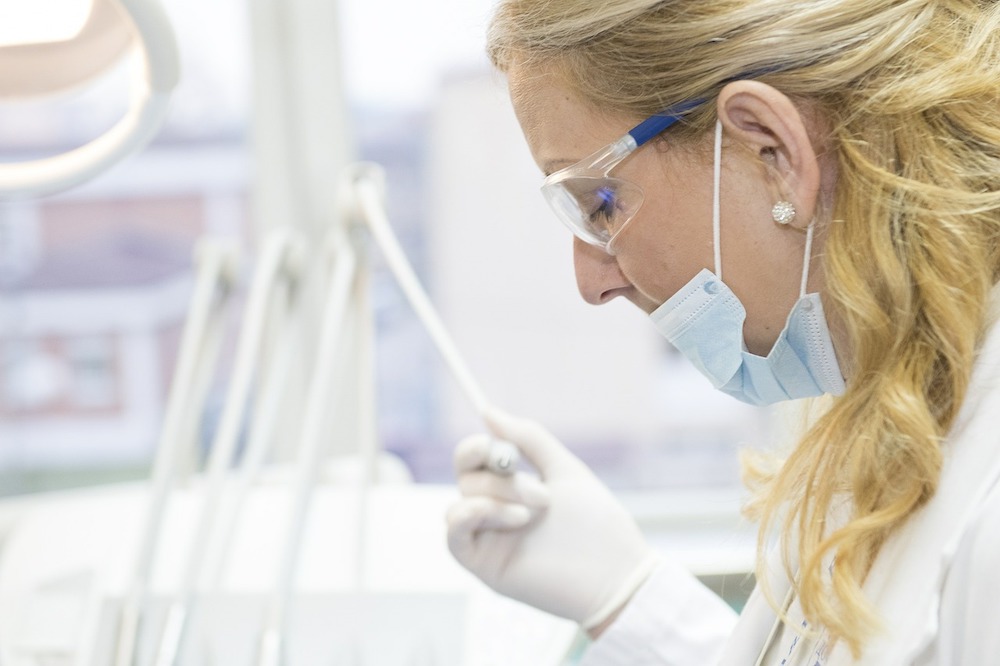Can regenerative medicines help you deal with COPD symptoms? Find out!
People with COPD or chronic obstructive pulmonary disease suffer from respiratory issues emanating from lung inflammation and airflow blockage. The conditions contributing to COPD, like chronic bronchitis and emphysema, cause excess mucus creation, wheezing, frequent coughing, and shortness of breath. Medical practitioners are working on the best way to deal with COPD, and here comes regenerative medication.
While treatment includes medication, lifestyle changes, therapies, and other similar things, progress is slow. It is here that regenerative medicine has come up as a ray of hope. It reduces the intensity of the symptoms and cures the disease over time.
Can regenerative medicines help you deal with COPD symptoms? Find out!
Understand regenerative medicine
While conventional medicine concentrates on controlling disease and elevating pain and injury, regenerative medicine, also called stem cell therapy, focuses on the root cause of the condition. Regenerative therapies try to restore and repair-damaged tissues by harnessing the body’s natural healing power.
What benefits can COPD patients get from regenerative medicine?
COPD causes a reduction of airflow in the airway because of the following alterations:
● Loss of elasticity of the lung’s air sacs and airway
● Destruction of walls of air SAC inside the lungs
● Airway balls get thick, irritated, and inflamed
● Mucus production enhances, clogging the airway and reducing airflow
Regenerative treatment at Bentonville, AR, is designed to alter the changes and enhance long health. The most effective and studied regenerative medicine methodologies for COPD are exosome therapy and stem cell therapy.
Stem cell therapy
Stem cell therapy removes dormant stem cells from adipose tissue or bone marrow and reintroduces the cell in the damaged area, which requires restoration and repair. Since these stem cells are generated within the body, they can distinguish into specialized cells such as lung and brain cells.
They provide versatile alternatives to replace and heal damaged or diseased tissues. To obtain this, you need the help of experienced doctors. These individuals will examine your lung condition and work on your therapy plan. Whether repairing damaged tissues or enhancing lung health, stem cell therapy is very effective.
Exosome therapy
The exosome is membrane-wrapped tiny sacs released by the healthy cell. They transfer and share data with other cells inside the body. Early studies revealed that new cells from stem cell therapy help repair tissues. Preclinical Research claimed it reduced pain and inflammation while improving breathing capacity.
Moreover, it helps increase stamina and enhances oxygen circulation. The therapy improves the pulmonary condition and helps promote lung health. Regenerative medicine treatment opens the door to restoring the health of individuals suffering from COPD.
Whether it is COPD or other lung issues, you can opt for regenerative medication because its effect is well established. Research reports reveal that regenerative medicine has healing properties, and thus more and more patients rely on the same. People who have support from other chronic diseases are now experiencing improved health. You can contact your medical practitioner today and understand more about regenerative medicine.
Once you know about the treatment pattern, you may opt for it. It is a conventional branch of therapy trying to help people overcome various health issues.
Conclusion
In conclusion, regenerative medicine has shown promising results in managing COPD symptoms. Regenerative medicine is a branch of medicine that focuses on replacing or regenerating human cells, tissues, or organs to restore or establish normal function. For COPD patients, regenerative medicine can provide a range of benefits, including reduced inflammation, improved lung function, and enhanced quality of life.
One of the most promising regenerative medicine therapies for COPD patients is stem cell therapy. This therapy involves the use of stem cells, which have the ability to differentiate into various types of cells, including lung cells. When injected into the lungs, these stem cells can help repair damaged lung tissue and reduce inflammation, leading to improved lung function and a reduction in COPD symptoms.
Another regenerative medicine therapy that has shown promise in managing COPD symptoms is exosome therapy. Exosomes are small vesicles that are naturally produced by cells and play a vital role in cell-to-cell communication. When used in therapy, exosomes can help promote tissue repair and reduce inflammation in the lungs, leading to improved lung function and a reduction in COPD symptoms.
While regenerative medicine is still a developing field, the potential benefits of these therapies for COPD patients are promising. As with any medical treatment, it is important to consult with a qualified healthcare professional to determine if regenerative medicine is a suitable option for you.









